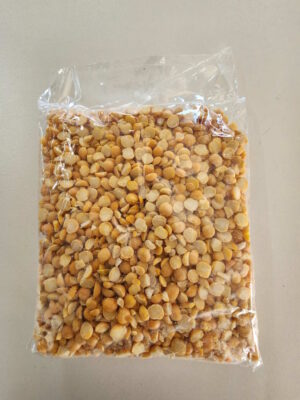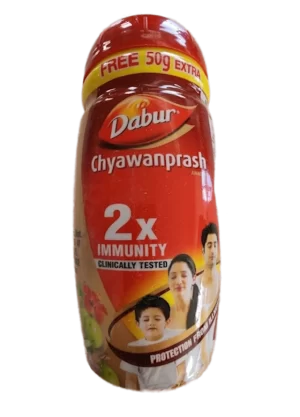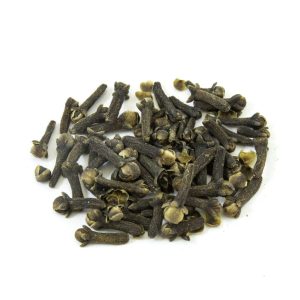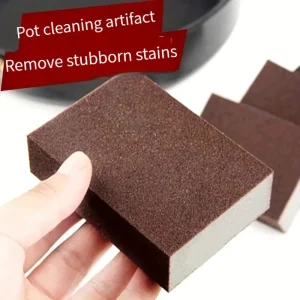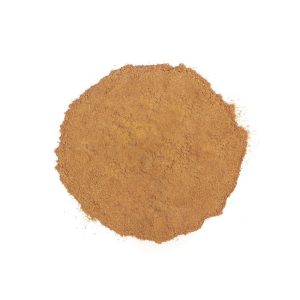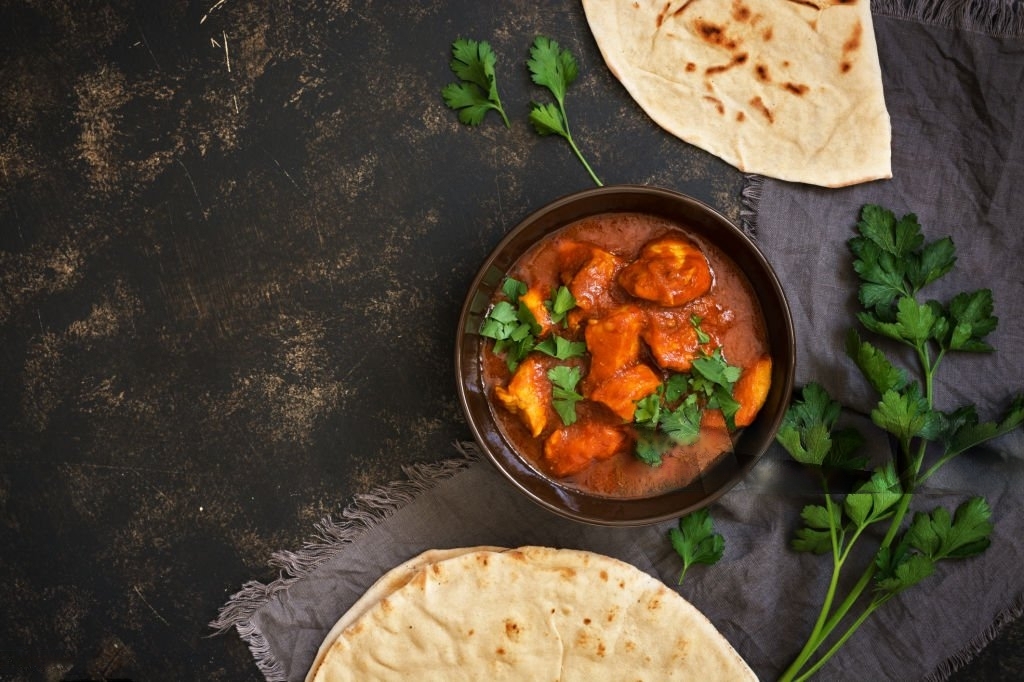
South Indian Korma (known as Kurma) is a beloved dish with deep roots in the rich culinary traditions of the Indian subcontinent, particularly tied to the Mughal era.
Known for its creamy, luxurious texture, korma pairs gently cooked meat or vegetables with a thick sauce made from a base of yogurt, cream, and a blend of fragrant spices.
These typically include ground coriander, cumin, and the warming notes of garam masala, often subtly sweetened with touches of cardamom and enriched with nut pastes.
Simple Korma Recipe
Ingredients:
- 500g chicken thighs, cut into bite-sized pieces
- 2 tablespoons vegetable oil
- 1 large onion, finely chopped
- 2 cloves of garlic, minced
- 1-inch piece of ginger, grated
- 1 teaspoon ground coriander
- 1 teaspoon ground cumin
- 1/2 teaspoon garam masala
- 1/4 teaspoon turmeric
- Salt to taste
- 1 cup yogurt, well whisked
- 1/2 cup cream
- 1/2 cup ground almonds
- Fresh coriander leaves for garnish
Order these spices for delivery anywhere in South Africa.
Instructions:
- Marinate the Chicken: Combine the chicken pieces with the yogurt and a pinch of salt in a bowl. Let it marinate for at least an hour, or overnight in the fridge for enhanced flavor.
- Prepare the Base: Heat the oil in a large skillet over medium heat. Add the chopped onions and sauté until golden brown. Stir in the garlic and ginger, cooking until aromatic.
- Spice It Up: Add the coriander, cumin, turmeric, and garam masala to the skillet. Cook for about a minute until the spices are fragrant.
- Cook the Chicken: Add the marinated chicken and any remaining marinade to the skillet. Cook until the chicken is thoroughly done.
- Simmer: Reduce the heat to low and stir in the cream and ground almonds. Let the korma simmer gently for about 10 minutes or until the sauce thickens.
- Final Touches: Season with salt, garnish with fresh coriander leaves, and serve hot with naan or fluffy basmati rice.
The creamy, rich flavor of korma makes it a perfect dish for special occasions, reflecting the opulence and culinary sophistication of its historical roots.

